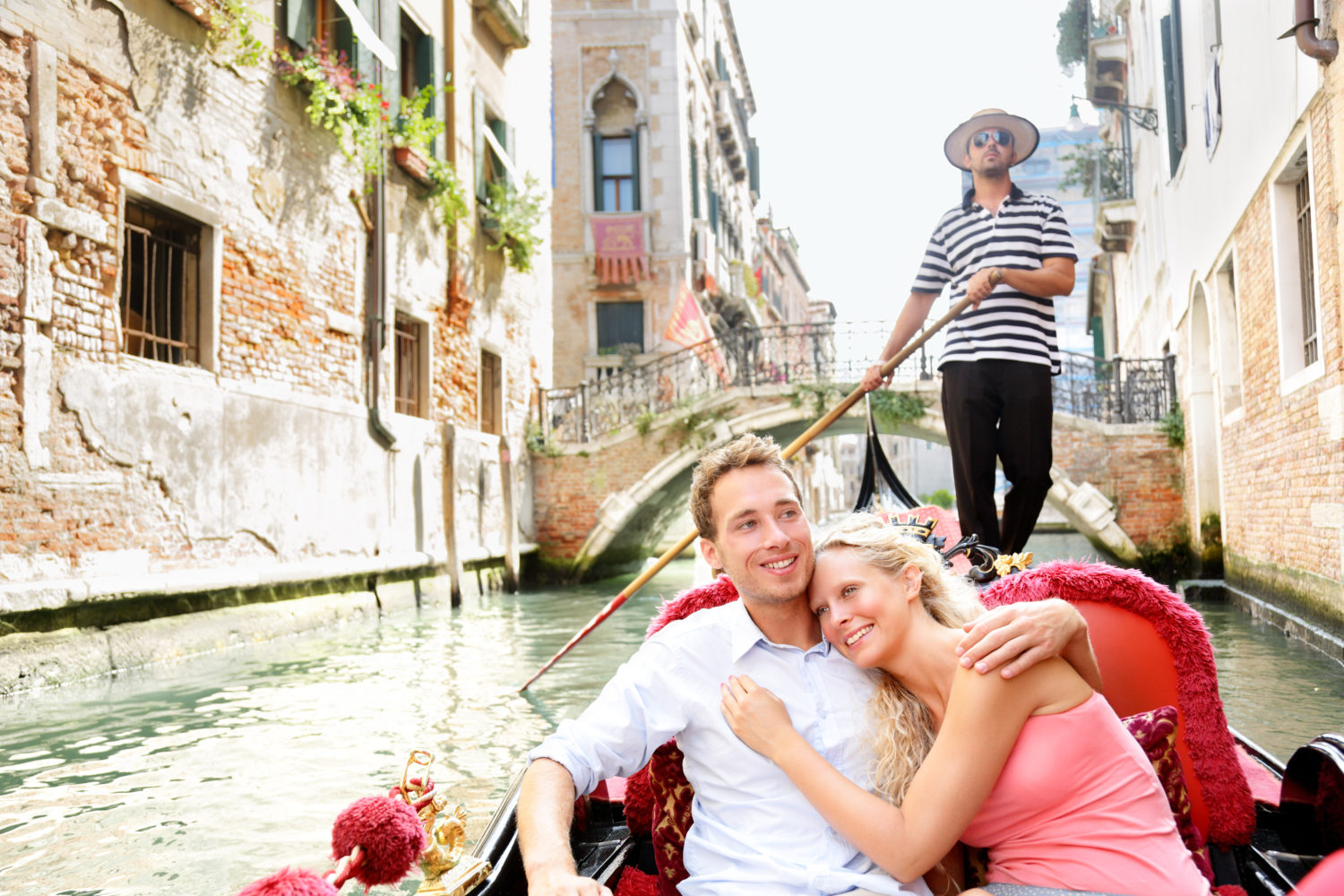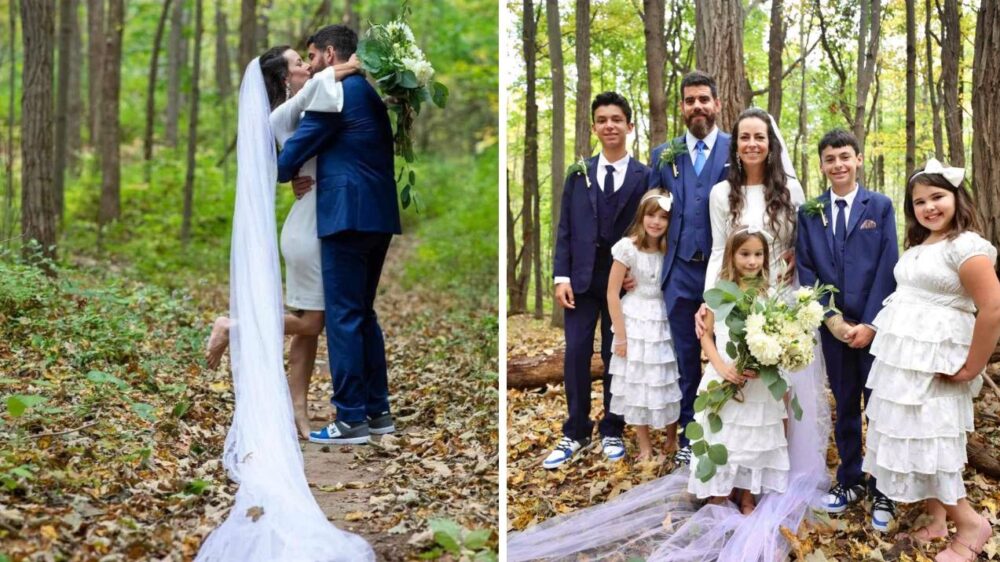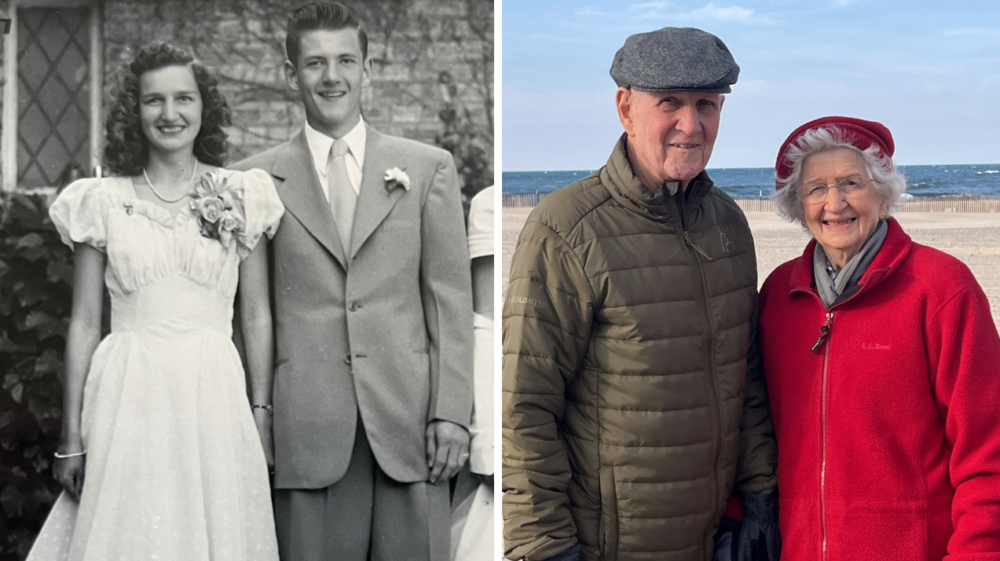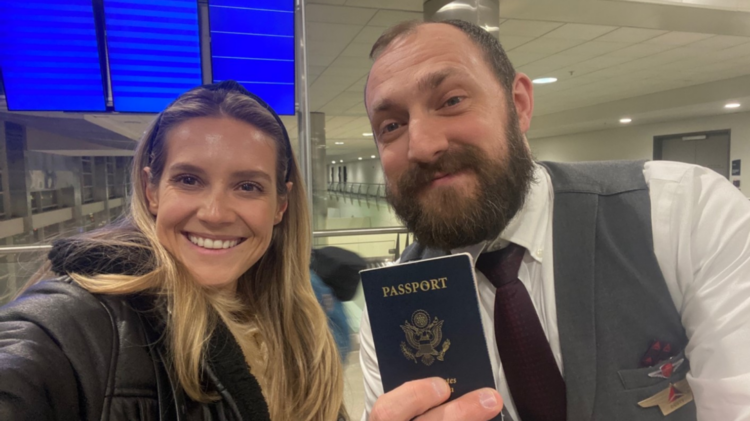Here’s Why We Go On Honeymoons

When we think of a honeymoon, we picture romantic dinners on the beach and rose-filled hotel suites, but back in the day, honeymoons served an entirely different purpose. When they originated in 19th century Britain, honeymoons were for couples to travel around and visit family members and friends who were unable to attend the wedding.
The trend spread to the rest of Europe during the late 1800s, when couples began going to places such as the French Riviera or Italy, this time for pleasure. Couples would traditionally leave midway into the reception to catch their train or ship, but eventually the tradition shifted to allow newlyweds to leave a few days after their wedding as to be able to enjoy their wedding and recover.
As for the word honeymoon, its origins trace back to the 16th century, with “the idea that the first month of marriage is the sweetest,” according to Merriam-Webster dictionary. It also refers to “waning of love like a phase of the moon,” according to Oxford-English dictionary.
Despite its origins, today people use their honeymoon as a chance to develop intimacy while away, which sounds much more appealing than visiting absent guests, doesn’t it?
[h/t Good Housekeeping]





